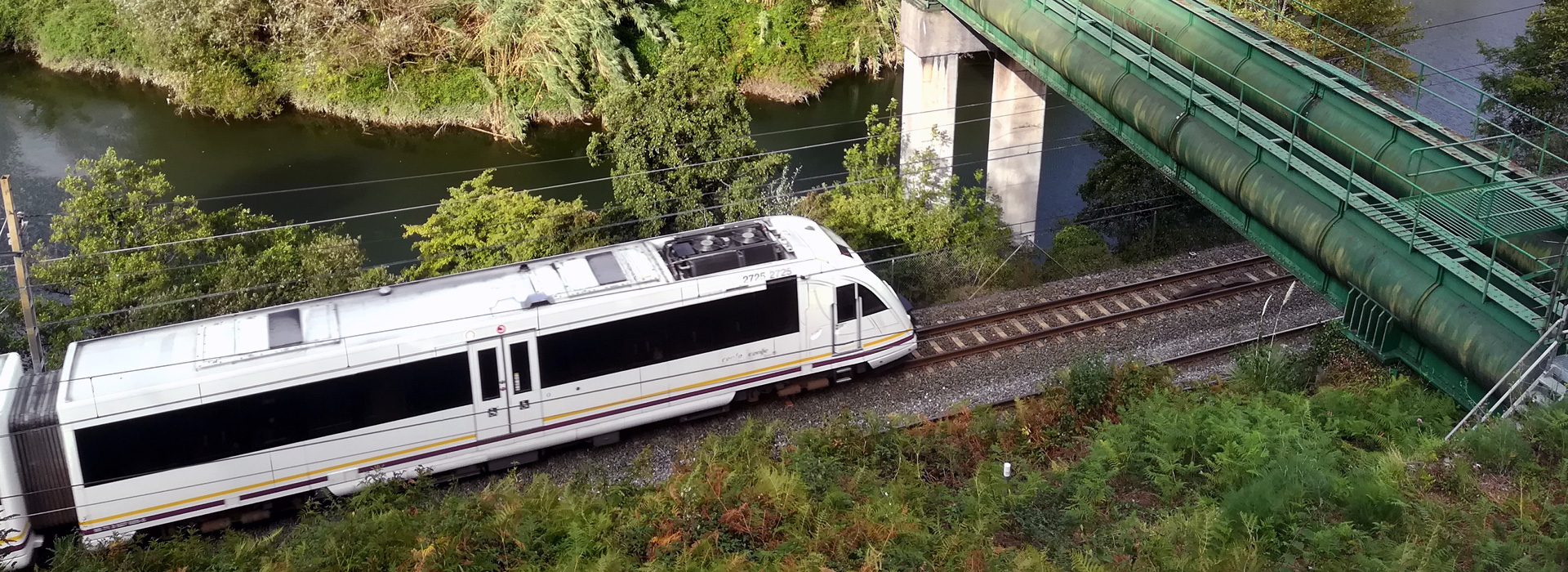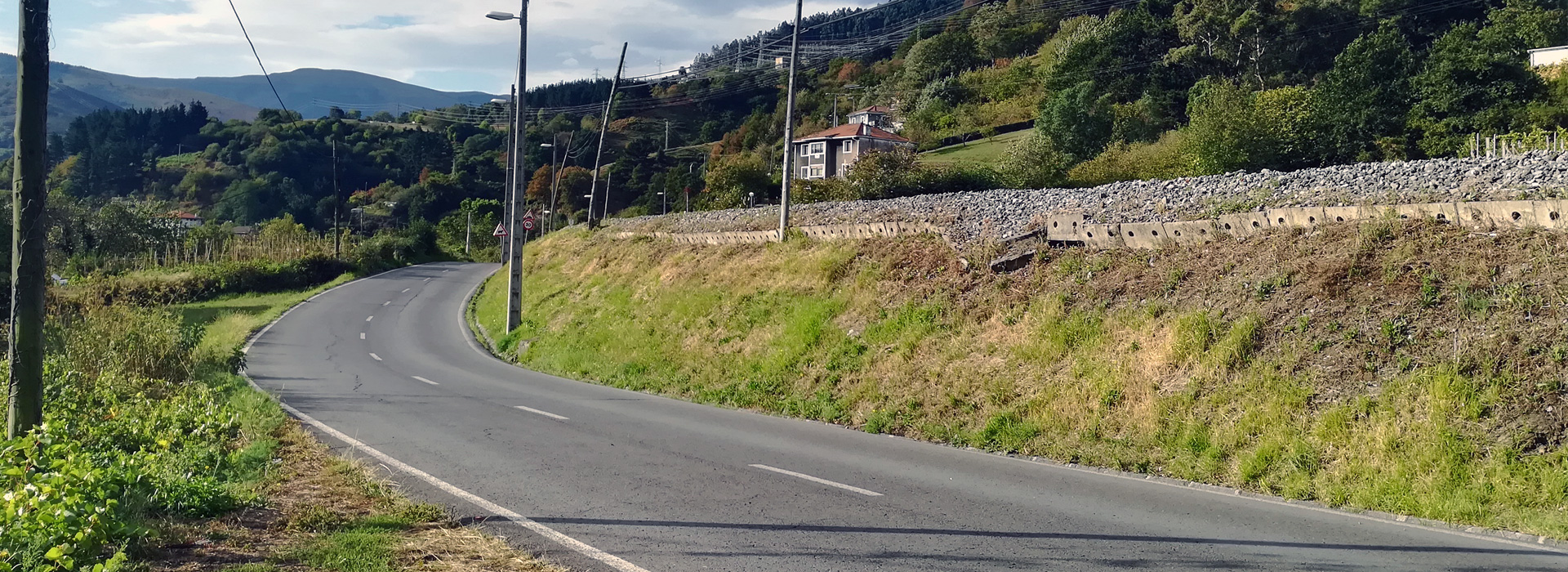Projects: Transportation infrastructures

BILBAO SOUTHERN FREIGHT RAILWAY SOUTHERN BYPASS. PHASE 1. SECTION 4
SERVICE FOR THE DETAILED DESIGN PROJECT OF THE BILBAO SOUTHERN RAILWAY BYPASS. PHASE 1. LOT D
Increasing the growth possibilities of the Port of Bilbao
Area of activity
TRANSPORT INFRASTRUCTURES
Service
Railways, subway and LRT
Client
ETS – Euskal Trenbide Sarea
Scope
- Detailed design project development
Duration
2021-2022
The current railway configuration in the metropolitan area of Bilbao means that freight traffic with origin/destination in the port shares infrastructure with commuter trains on the C-1 line (Santurtzi – Bilbao Abando) which, from Barakaldo onwards, shares infrastructure with the C-2 line (Muskiz – Bilbao Abando).
This creates a double problem. On the one hand, significant nuisances are generated in the urban centers of Santurtzi, Portugalete, Sestao and Barakaldo. On the other hand, the coexistence of these two very heterogeneous traffics (goods and commuter traffic) significantly conditions the operation, restricting the capacity and therefore the growth possibilities of the Port of Bilbao.
In order to continue with the development and growth of the Port and thus avoid the problems described above, both the Ministry of Transport and the Basque Government have worked on the development of a new railway infrastructure, called “Bilbao Southern Railway Bypass”.
This infrastructure, which will run mostly through tunnels, will allow goods to be moved away from the urban area, connecting the Port of Bilbao, through the Serantes tunnel, with the new railway network of the Basque Country (Basque Y) and with the Bilbao-Miranda de Ebro conventional gauge line.
The purpose of Phase 1 of the Southern Bypass is to develop a new railway platform between the end of the Serantes tunnel, already built in Ortuella, and the crossing over the Kadagua River, where it will continue with Phase 2 of the Bypass. It includes an exclusive branch line for freight traffic that connects with the conventional Iberian gauge network in the area of Olabeaga, where it will access Bilbao through this neighbourhood, connecting with the burying of the railroad executed as part of the works for the new accesses to Bilbao through San Mamés.
The new bypass will have to make the freight traffic of access to the Port of Bilbao (Iberian and international gauge) compatible with the high-speed passenger traffic of the accesses to Bilbao and the future Bilbao – Santander connection.
Therefore, the projects to be developed must make possible the interoperability of the infrastructure, the environmental integration, the coexistence of freight and high-speed traffic and safety, as they are developed almost entirely in tunnels.







